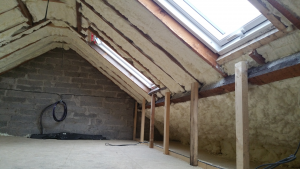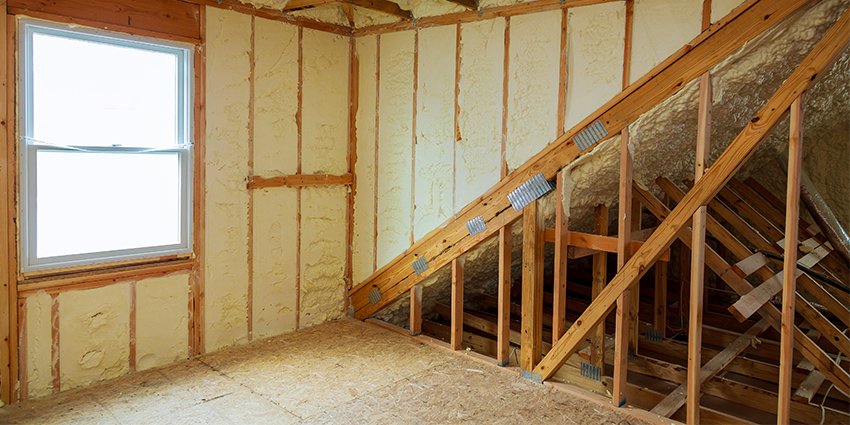Attic Spray Foam Insulation Baltinglass
Spray Foam Insulation Baltinglass
3 Bed Semi Attic Insulation Baltinglass
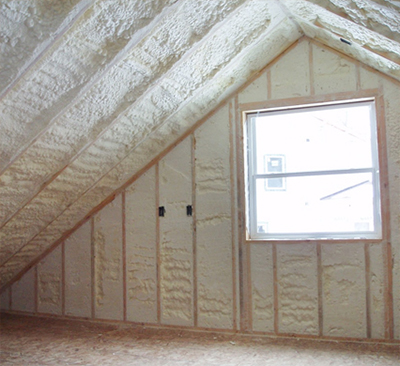
Attic Insulation Baltinglass
Spray foam can be useful in many conditions. Spray foam is useful in roofs, windows, attics, underfloor heating systems, interior and exterior walls, as well as roofs.
Spray foam insulation will keep your home warm during winter and cool in summer. The “Cell” structure of the composition allows for moisture to escape, which helps to allow the house to breathe.
Benefits of Spray Foam Insulation for your home
Other applications include agricultural farm houses and commercial andindustrial buildings, sheds and shipping containers.
It also creates a shield around your house that keeps out the rain and cold wind. Other insulating products available today are far less effective in this regard. They allow heat to escape your home.
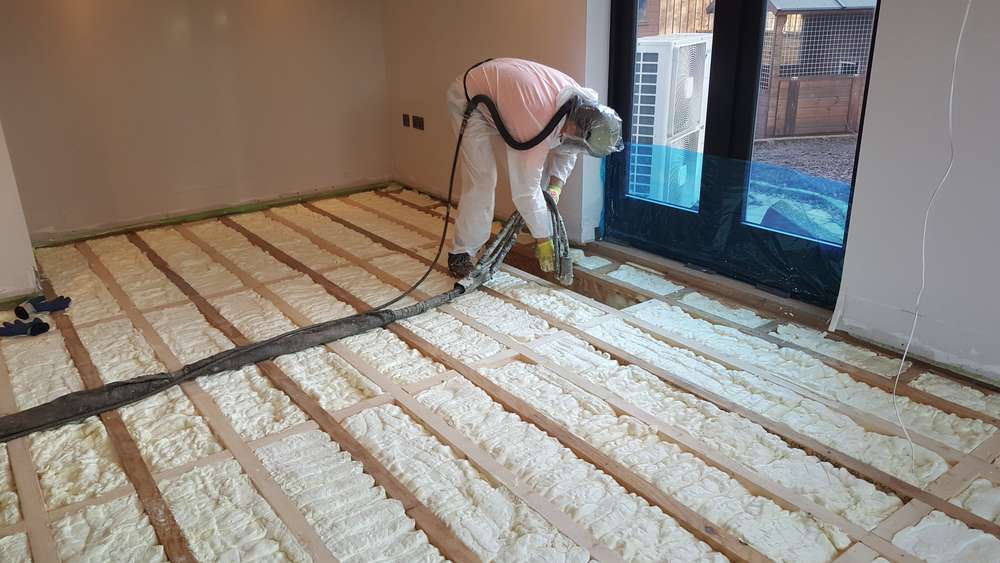
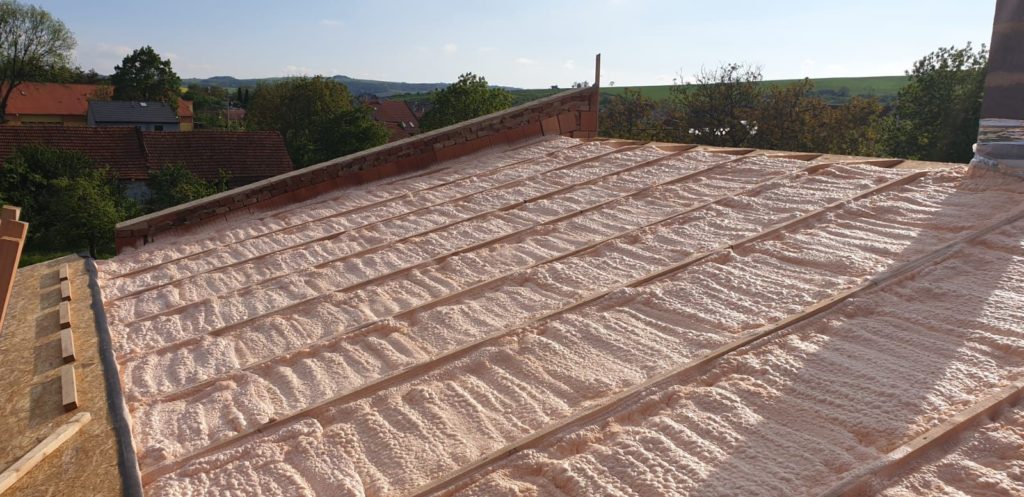
Cost Price Of Spray Foam Insulation
Spray foam insulation can be regarded as the most efficient insulation material. It has a higher U value than other insulating materials such as rock wool, fiberglass and cellulose.
Spray foam insulation also works well as an sound barrier. This reduces outside noise in the home. It is a great advantage if a company or home is in a densely populated area or close to an airport.
Insulate Your Baltinglass Property Properly
It is used to eliminate sound traveling from one room into another, or across floors in the interior walls. It’s especially effective on bathroom walls because noises from flushing toilets or showers can make it a nuisance.
It’s simple to use, and it doesn’t disrupt your everyday activities.
Traditional Irish homes can be insulate in just one day.
Encasing the pipes and insulation reduces noise coming from under-floor or in-wall piping.
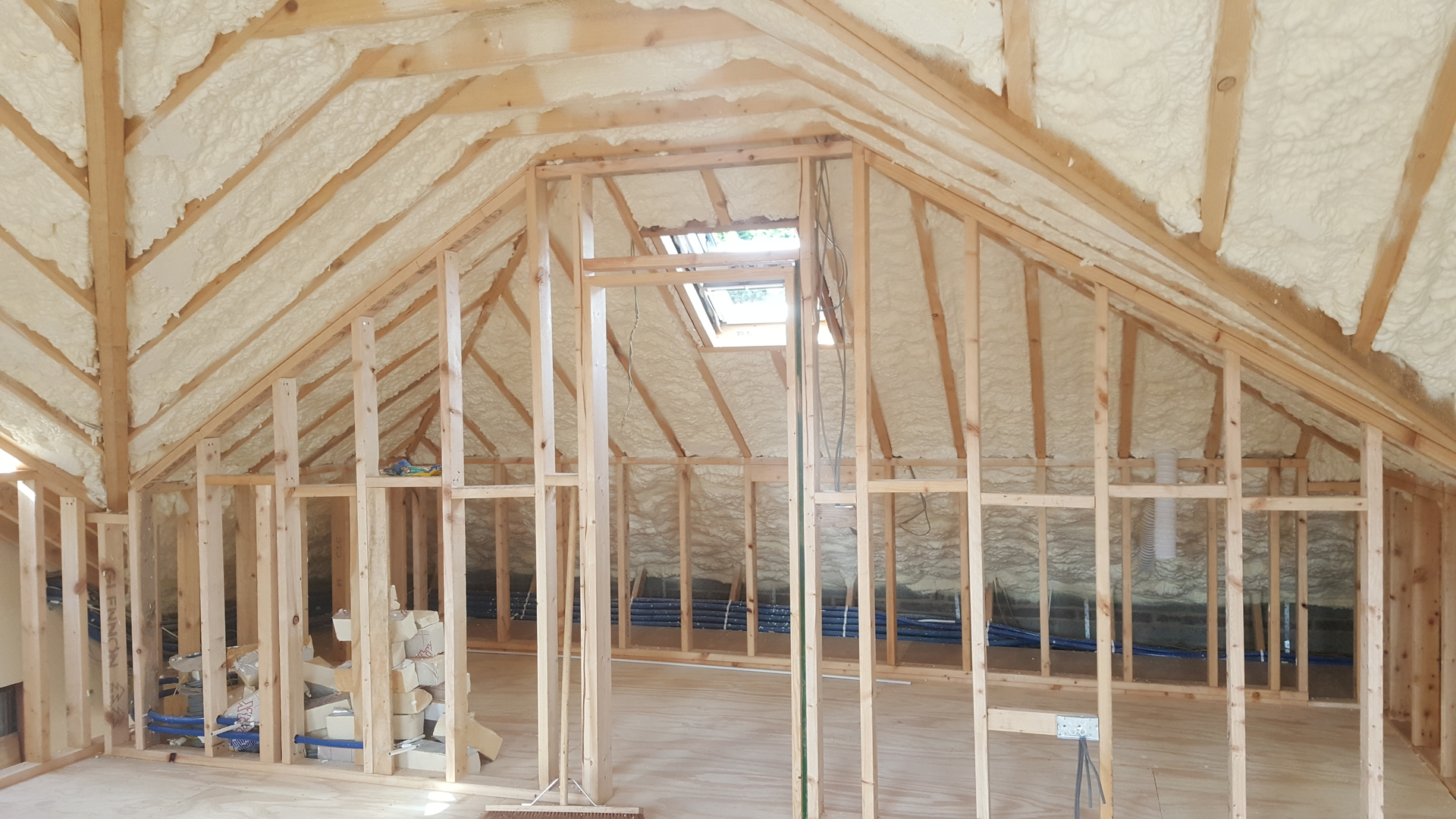
Boards should be laid over the joists if the loft or attic is to be used for storage. It is not enough to insulate between the joints if you do not cover the entire area.
This material reduces the sound transference significantly when it is used within walls, attics or roofs, as well as floors, in comparison with fibreglass, rock wool, and polystyrene board. Because of its dense composition and application process, it creates an airtight envelope. It stops sound infiltration from the outside environment such as traffic or pedestrianised streets.
Spray foam insulation also stops sounds from within a structure being transmitted to floors below, above, or into adjacent rooms. Spray foam insulation could reduce the amount of noises generated by structures such as running showers or washing machines.
Spray foam insulation is flexible but densely packed with millions if minute air bubbles. This will absorb vibrations from the floor as well as the sound waves. Spray foam insulation reduces airborne noise transmission by sealing all cracks and crevices.
Spray foam insulation is also effective in dampening, if no longer completely eliminating, any sounds that might be emanating from a floor like water running through pipes. It completely surrounds the pipes, keeping them in place and preventing them from rattling. It also eliminates the sound caused by hot water flowing through pipes. The heating system heats wooded Joists, causing them to expand, creak and groove.
It also stops heat from escaping to the upper levels, which makes the lower floors cooler and requires more heat to keep them warm.
It is possible to insulate lofts if they are accessible and have no damp or condensation issues.
An uninsulated home loses 25% of its heat through its roof. Insulating your flat roof, attic, or loft can help reduce heat loss and decrease your heating costs.
You can use mineral wool insulation rolls if you have easy access and your loft joists remain regular. The insulation begins by placing the first layer between the joists. These are the horizontal beams that form the loft’s floor. A second layer is then laid at right angles to cover and seal the joists.
To ensure sufficient insulation, raise the floor height so that you can place enough mineral wool below the new floor. Timber battens can be fitted across the joists. Alternatively, you can purchase purpose-built plastic legs to fit onto the joists and support your new floor. To prevent condensation, make sure there is a vent between the insulation boards and the insulation.
It is important to not squash the mineral fiber when you put the boards on top. This can reduce its insulation.
Insulation stops heat from escaping to living spaces. If your loft is not cool enough, it could make existing damp or condensation worse. Do not forget to improve ventilation if loft insulation is being installed by you.
Another way to insulate your loft would be to place insulation between and above the rafters. These are sloping timbers which make up the roof. You have two options: rigid insulation boards that are carefully cut to your specifications or foam insulation spray between the rafters.
Some companies may offer to repair your roof with foam insulation. This is something that we do not recommend. Like any type of insulation you should ensure that your roof is in good repair before adding insulation.
If you are looking to use your loft as an indoor heating room, you can create a space in the roof.
If you are planning to use your loft for living, or you already have it, you will need insulation between the heated space and unheated area.
To keep your home fresh, dry, and healthy, air must flow in and out. A professional installer will ensure that your house does not have any obstructions or seals. You should not cover vents, grilles, or airbricks when you are doing DIY insulation.
You can have blown insulation installed if your loft is difficult to access. A professional will use specialist equipment and blow the right insulation material into every space. They can use mineral wool fibre, treated with cellulose, or polyurethane.
Flat roof insulation can save you as much on heating costs than loft insulation. The amount of flat roofing on a property will determine how much savings you get.
You can probably insulate your loft yourself if it is accessible and does not have damp problems. Professional installation is recommended for those with damp problems and more complicated insulation systems.
Cold draughts could be caused by the cooler loft air. This can be prevented by installing an insulated hatch in your loft and putting strips of draught-exclusion material around the hatch edges.
Insulating your ground floor can help you keep your home warm and reduce your carbon footprint.
Insulating a loft is an effective way to lower heating bills, be more efficient and warm your home in the winter. It doesn’t matter if you have insulation in place, but it is important to get the right amount to make it work.
Loft floor rolls are the traditional choice. These roll out along the loft floor. These are easier than insulated floor boards and require less tools and take less time to lay. They are available in loose and encapsulated rolls (blanket) and can be used for both top and bottom layers. They can be boarded with stilts to make a raised platform for storage.
These tips and recommendations aren’t listed in this article’s tool and material list. Make sure you read the entire article to ensure you are fully equipped to insulate your loft floor safely.
Even though insulation is often present in homes, some may not be effective. This could be due to insulation being compressed by storage boards placed over it or if it hasn’t been topped up in the long-term. Older properties may have a loft floor as low as 25mm deep.
It doesn’t have to be removed from your loft floor insulation. To achieve the recommended amount, you can just add one or several layers to it. You will find more information about the recommended amount in the article.
Your loft floor’s joint spacings will affect the width of the roll. This is due to the insulation being rolled between these beams. We recommend you select one that’s close to the spacing of your joists. This minimizes the need to trim.
The insulation’s thermal resistance. Another alternative is to measure the thickness of insulation if you only lay loft rolls. For more information, see the section ‘How do I calculate the thickness of loft floor insulation?

Parkhill, Dublin
01 5255297
